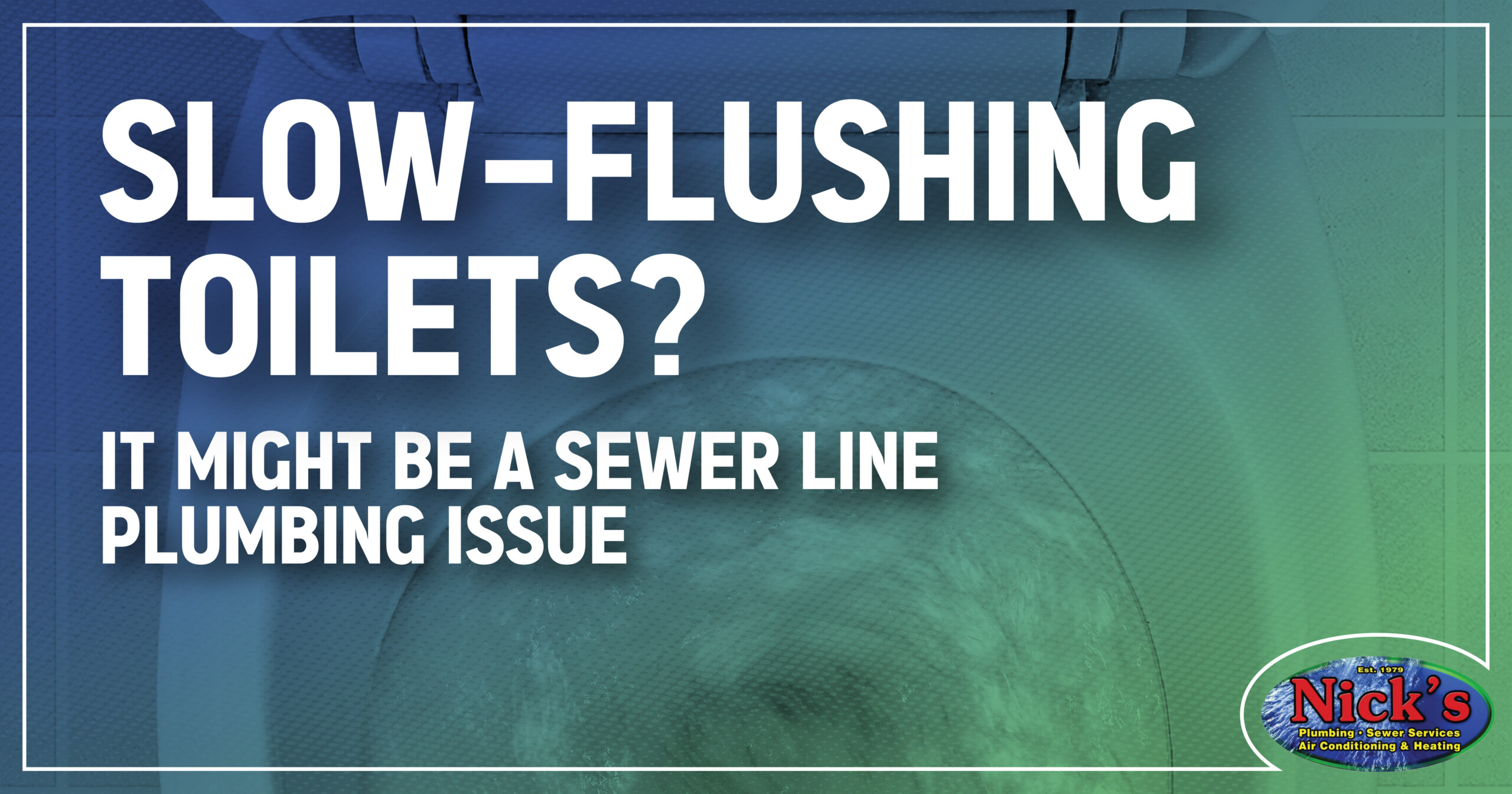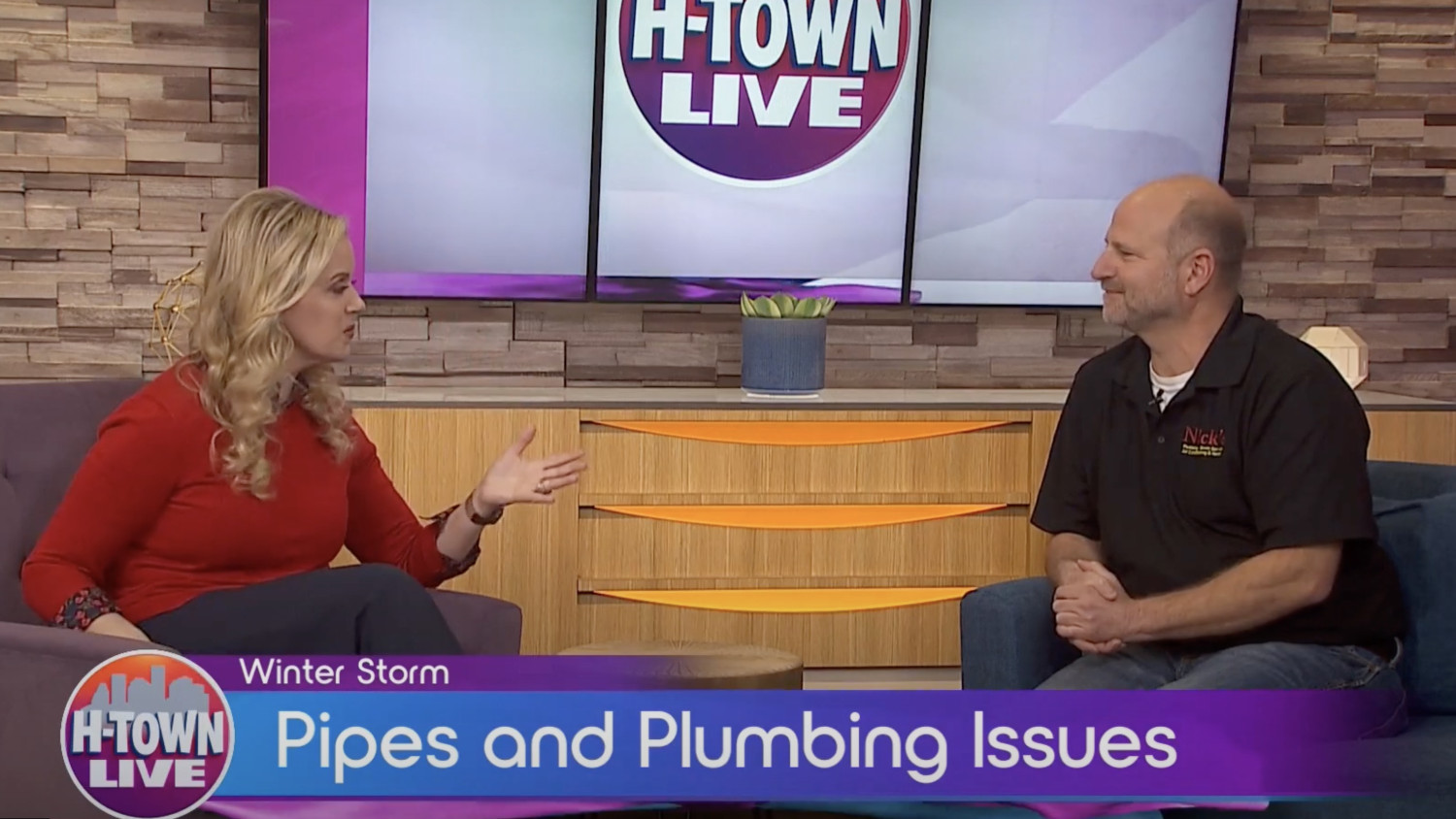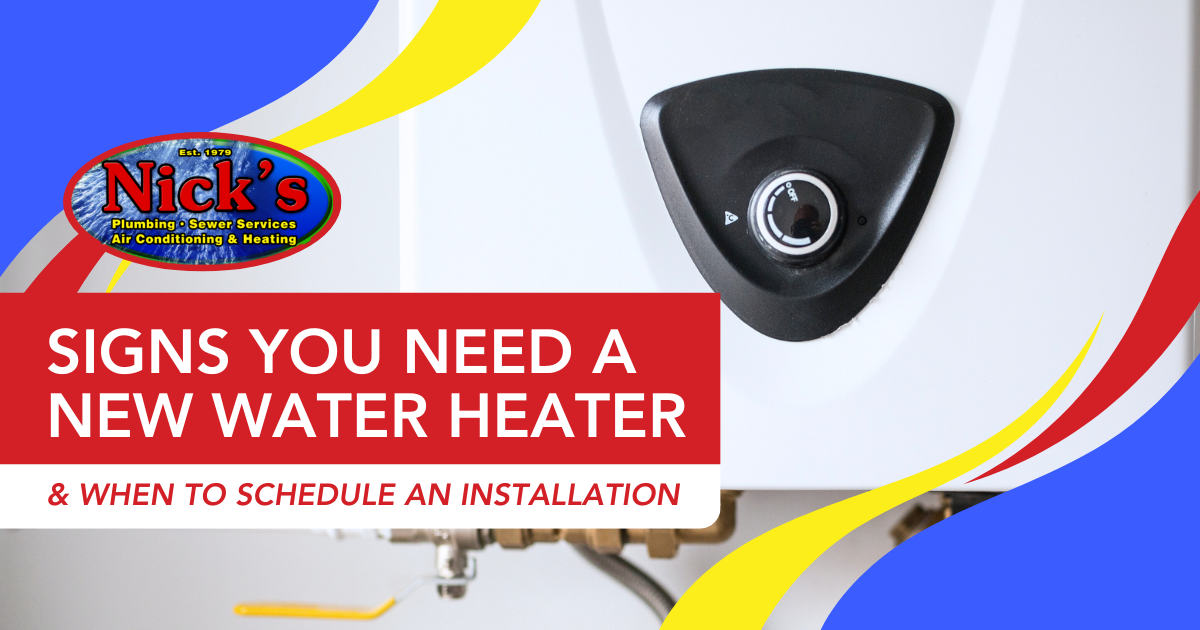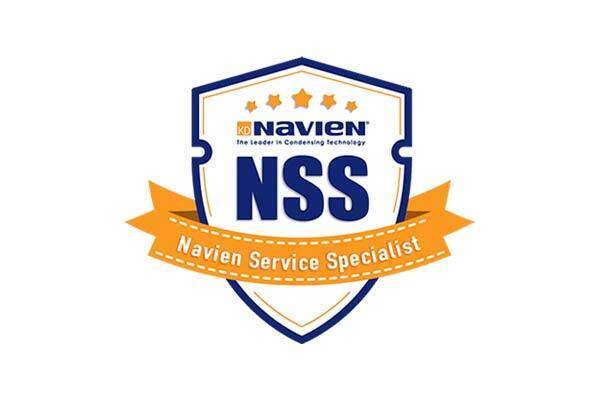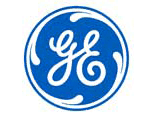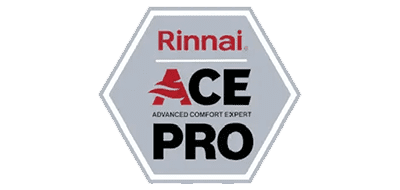When your toilet isn’t flushing like it’s supposed to, it can be a scary experience watching the water (and whatever else) rise closer and closer to the rim of the bowl, hoping that it stops before it empties all over your floor. This dramatic scene does not happen “out of the blue,” as you’ve probably noticed a problem with flushing your toilet for a while.
Often, the issue can be addressed by correcting low water tank levels, removing buildup from under the rim blocking the water jets, or replacing a worn-out flapper or ballcock. If none of these DIY-friendly fixes are enough to resolve your slow-flooding toilet, it’s probably time to start investigating your main sewer line.
Here’s a quick tip to help homeowners determine if their slow flushing issue is isolated to one toilet or related to a sewer line blockage. If only one toilet in the house is experiencing slow flushing, the problem is that toilet; if all of the toilets—or sink, shower, and bathtub drains—throughout the home are slow to drain, then the evidence points to a central drain or sewer line plumbing issue.
The Impact of a Sewer Line Blockage on Your Toilet’s Performance
When your main sewer line is blocked, your toilet is often the first fixture to show signs of trouble. Toilets rely on a clear, open path to the sewer to remove large volumes of water and waste in a single flush. If that path is blocked, even partially, the toilet’s performance takes a hit. You may notice slow or weak flushes, water lingering in the bowl longer than usual, or the need to flush more than once to clear everything out.
In more serious cases, the toilet may not flush at all. Instead of water and waste going down, it might bubble or gurgle, and in the worst scenarios, it can back up entirely. This isn’t just inconvenient—it’s unsanitary. Since the toilet is often the lowest drain in the house, it’s one of the first places sewage will try to re-enter when it can’t move down the line as intended.
If more than one toilet shows the same symptoms, that’s an even stronger indication of a main sewer line problem rather than a localized clog. When the sewer line is blocked, every flush becomes a gamble, and over time, the pressure can build enough to cause a messy raw sewage backup into your bathroom.
Warning Signs That Your Slow-Flushing Toilet Is a Sewer Line Issue.
While a toilet that flushes slowly may only be a minor inconvenience, it could also be a red flag for something more horrible in your sewer line. While minor clogs inside the toilet, sink, tub, and shower drains are common, sewer line problems creep up over time and are often hard to spot until the situation gets messy. Your system may offer some clues that trouble is brewing in your sewer line, and why your slow-flushing toilet might be part of a bigger issue.
Multiple Toilets Flushing Slowly or Backing Up
If it’s not just one toilet acting up, there’s a good chance the problem goes deeper—literally. This often indicates a clog or obstruction in the main sewer line.
Flushing the Un-Flushables (even occasionally)
Wipes, paper towels, cotton swabs, and hygiene products can build up over time, even if you only flush them “once in a while.” These items don’t break down the way toilet paper does and can seriously clog your sewer line.
Food Waste In The Garbage Disposal
Grease, coffee grounds, and starchy leftovers like rice or pasta may look harmless in the kitchen. Still, they can wreak havoc on your home’s plumbing system, especially when they harden or expand inside the main line.
Gurgling Sounds In Other Fixtures
When flushing one toilet causes a gurgle in another drain, it’s a sign that the air in your plumbing has nowhere to go. This is often caused by a partial sewer line blockage, backing up the whole system.
Lack of Regular Plumbing Maintenance
Sewer line issues tend to build slowly over time. Without routine cleanings or inspections, many homeowners don’t realize there’s a problem until they’re dealing with a house full of gurgling drains and unflushable toilets.
DIY Fixes to Improve a Weak Toilet Flush.
If your toilet is flushing slowly but isn’t completely backed up yet, you can try a few things before calling in the pros. Start with a good old-fashioned plunger. It sounds basic, but a proper seal and a few solid plunges can sometimes loosen a minor clog in the toilet’s S-trap or just past the bowl. Make sure you’re using a flange-style plunger—that’s the one with the little lip on the end—since it’s designed specifically for toilets and gets better suction.
If plunging doesn’t work, your next move might be a toilet auger. This tool, also called a drain snake, can reach deeper into the drain and break up blockages that are just out of reach. It takes a little patience (and you’ll want some gloves), but it’s a solid option for DIYers comfortable getting their hands dirty. Just be careful not to force the auger too hard—you don’t want to scratch or crack the porcelain.
If you’ve tried the basics and your toilet is still sluggish—or the problem keeps returning—it might be time to look beyond DIY fixes. When the issue is deeper in your plumbing or tied to your home’s main sewer line, it usually takes professional tools (and experience) to get things flowing again without making a bigger mess.
When a Slow-Flushing Toilet Means It’s Time to Call a Plumber
If your toilet continues to flush slowly despite your best DIY efforts, it’s probably time to stop guessing and bring in a professional. Persistent flushing issues often point to deeper problems in the plumbing system, like a sewer line obstruction or venting issue, that require specialized tools and experience to diagnose. Calling a trusted local plumber, like Nick’s Plumbing of Houston, ensures the problem is handled correctly and doesn’t become a much bigger (and messier) situation.
How Professional Drain Cleaning Can Resolve Sewer Line Clogs
DIY tools won’t reach far enough to make a difference when clogs are deep in the sewer line. That’s where professional drain cleaning comes in. Plumbers use tools like motorized snakes and hydro-jetting machines to break up tough blockages and clear the entire line.
These methods don’t just poke a hole through the clog—they clean the pipe wall to wall, which helps prevent future backups. If your toilet flush has been getting weaker over time, a thorough drain cleaning might be precisely what your system needs.
How to Prevent Sewer Line Clogs By Caring for Your Plumbing.
The best way to avoid a slow toilet flush is to keep your sewer line healthy. That means being mindful of what goes down the toilet—no wipes, paper towels, or hygiene products, even if they’re labeled “flushable.”
You should also avoid pouring grease or oil down the kitchen sink since they can harden in the sewer line and contribute to blockages. If your home has older pipes or large trees nearby, a yearly sewer line inspection might be a good idea to catch early signs of root intrusion.
Conclusion – Don’t Ignore That Slow-Flushing Toilet.
A slow-flushing toilet might seem more of an annoyance than an emergency, but it’s often your plumbing system’s way of waving a red flag. When a toilet takes too long to flush or requires repeated attempts to clear the bowl, it could signal a larger issue, such as a developing clog in the sewer line, improper venting, or even deeper problems within your home’s drainage system. That’s where Nick’s Plumbing & Air Conditioning comes in.
Since 1979, Houston homeowners have trusted our team to handle plumbing issues of all sizes, from stubborn slow-flushing toilets to full-blown sewer line repairs and replacements. Our licensed technicians arrive with the tools, training, and experience needed to find the source of the problem quickly and fix it the right way—the first time. We don’t cut corners, and we don’t upsell what you don’t need. Just honest, expert plumbing service that’s earned us hundreds of 5-star reviews and a reputation for doing the job right.
So if your toilet has been sluggish lately, or something doesn’t feel right with your plumbing, don’t wait until it becomes a major headache. Call Nick’s Plumbing & Air Conditioning today. We’re on the way, and we’re ready to help.




